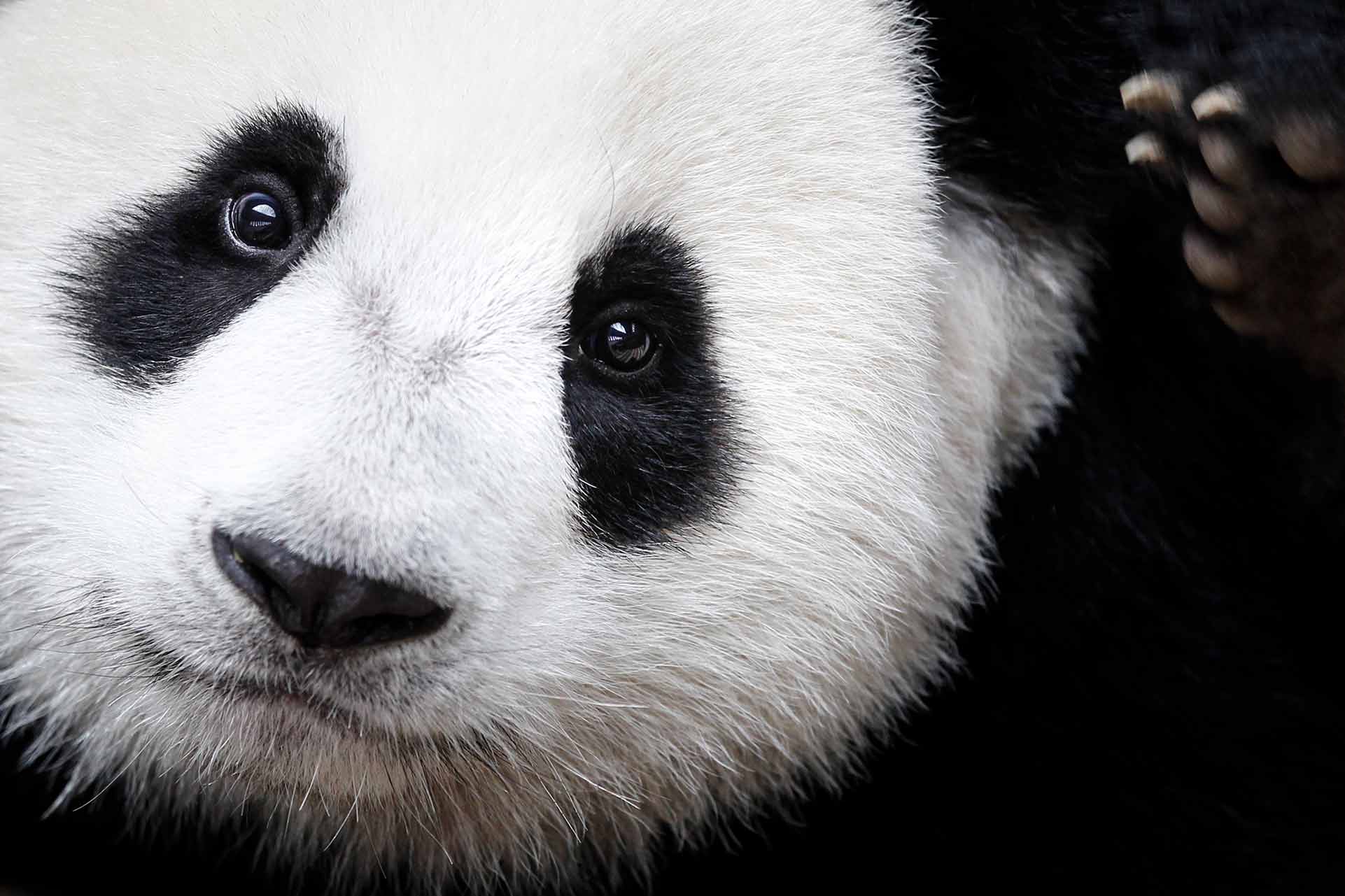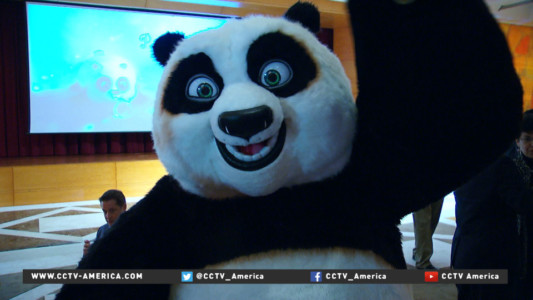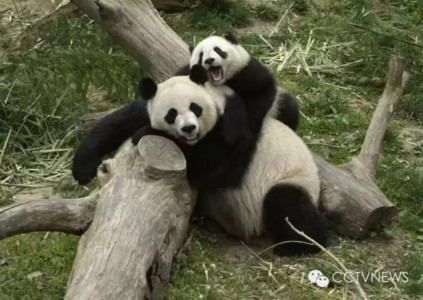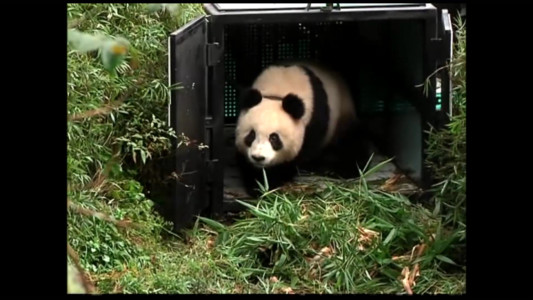As the population of giant pandas in the wild increases, China’s national icon has been downgraded from “endangered” to “vulnerable” on the Red List maintained by the International Union for Conservation of Nature or IUCN on Sunday.
China’s State Forestry Administration said Monday that it disputed the classification change.
CCTV’s Zhong Shi reports.

“If we downgrade their conservation status, or neglect or relax our conservation work, the populations and habitats of giant pandas could still suffer irreversible loss and our achievements would be quickly lost,” the forestry administration said.
There are still threats to the animal’s survival, China’s forestry agency added. The animals live in small, isolated groups of as few as 10 pandas that struggle to reproduce and face the risk of disappearing altogether, the Administration said. Climate change is also predicted to eliminate more than 35 percent of its natural bamboo habitat in the next 80 years.
“If we downgrade their conservation status and our protection work is reduced, our achievements would be quickly forgotten,” the administration said.
Photos: Pandas now ‘vulnerable’ group says:








According to China’s Forestry Administration, 1,864 pandas remained in the wild, with another 375 in captivity, at the end of 2013. In 2004 the wild population was 1,596.
However Wei Fuwen, a senior researcher at the Chinese Academy of Sciences who participated in the official evaluation of the panda’s Red List status, told People’s Daily Online that the classification change was a good sign.
“It shows that the Chinese government has made great efforts to protect endangered species, which can serve as a good example for the protection of endangered species worldwide,” Wei said.
“This decision is not a reckless move, but one based on a great deal of scientific research about giant pandas’ living environment, population and conservation status. Scientifically, the wild population is increasing, and the natural habitat is expanding. Though there are still some problems waiting to be tackled, the situation of pandas is generally good.”
PVC + paint brush= giant panda #ZooEnrichment! Tian Tian grasps PVC just like bamboo. https://t.co/yAuoI8Jdk4 pic.twitter.com/AeMlKfh8de
— National Zoo (@NationalZoo) September 5, 2016
This is not the only recent instance of giant pandas being removed from an endangered species list. In May 2015, the Red List of China’s Biodiversity was released jointly by China’s Ministry of Environmental Protection and CAS. On the updated list, the status of giant pandas was changed from “endangered” to “vulnerable.”
“The change of the panda’s status on the Red List will help to alter the pessimistic view of the public when it comes to panda protection, as many still hold the outdated opinion that pandas are in grave danger,” Wei said.
The panda population reached an estimated low of less than 1,000 in the 1980s due to poaching and deforestation until Beijing threw its full weight behind preserving the animal, which has been sent to zoos around the world as a gesture of Chinese diplomatic goodwill.
The Chinese government and the World Wildlife Fund first established the Wolong National Nature Reserve in Sichuan province in 1980. Wild panda numbers have slowly rebounded as China cracked down on the skin trade and gradually expanded its protected forest areas to now cover 1.4 million hectares (5,400 square miles).
Story by the People’s Daily and the Associated Press.
Suzanne Braden on panda engagement
For more about China’s perspective on panda care, CCTV’s Asieh Namdar interviewed Pandas International Director, Suzanne Braden.
 CGTN America
CGTN America
















